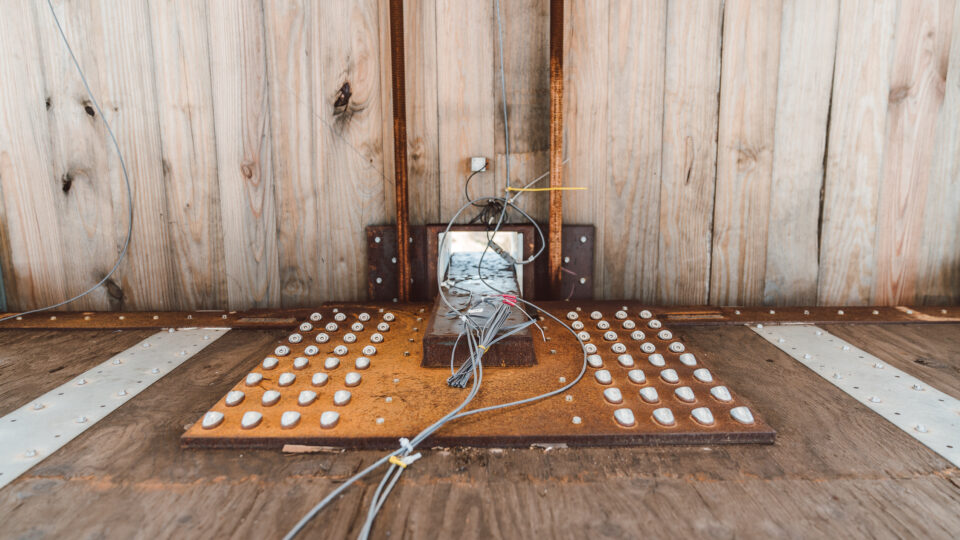

Author: Andy Peters
Publication: CoStar News
07.19.23
Mass Timber Buildings May Provide a Benefit Beyond Sustainability: Earthquake Resistance
Architects, construction and engineering firms and private timber companies have been striving for years to design buildings with ever-higher proportions of mass timber and lower amounts of steel and concrete. TallWood is the highest building made primarily from mass timber ever tested anywhere in the world for large-scale earthquakes, according to Dan Dolan, a civil engineering professor at Washington State University who is participating in the experiment at UC-San Diego.
Even with buildings like TallWood where the floors, walls, ceilings, and framing are all made from mass timber, some concrete and steel are still used in areas like the foundation or in anchors, fasteners, nails, and screws.
The buildings still have hurdles to overcome, including in terms of total costs, proving their strength, and winning over the insurance industry. But the tests are showing the areas where improvements could be made.
The TallWood experiment involves placing the structure on a movable platform, called a shake table, that simulates earthquake conditions. The National Science Foundation provided $2 million in grants to help fund the design and construction of the test building, which is expected to be torn down once the experiment is complete. Timber companies and universities are also supporting the project through funding and research, though the organizations providing funding have not been disclosed.
The San Diego experiment is notable because it examines the ability of mass timber to handle lateral-direction stresses caused by earthquakes, according to structural engineer David Cocke. Lateral systems are typically made from concrete and steel.
Insights, information, and inspiration.
Subscribe to our newsletter to stay up to date on the latest in mass timber.
Subscribe